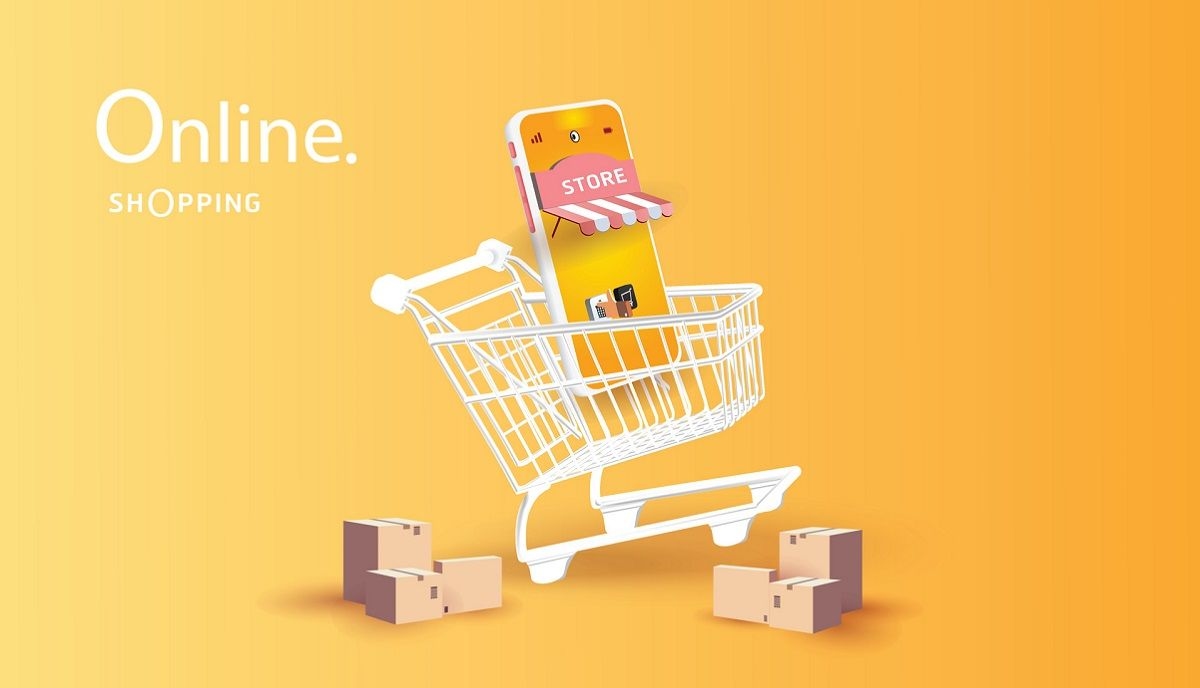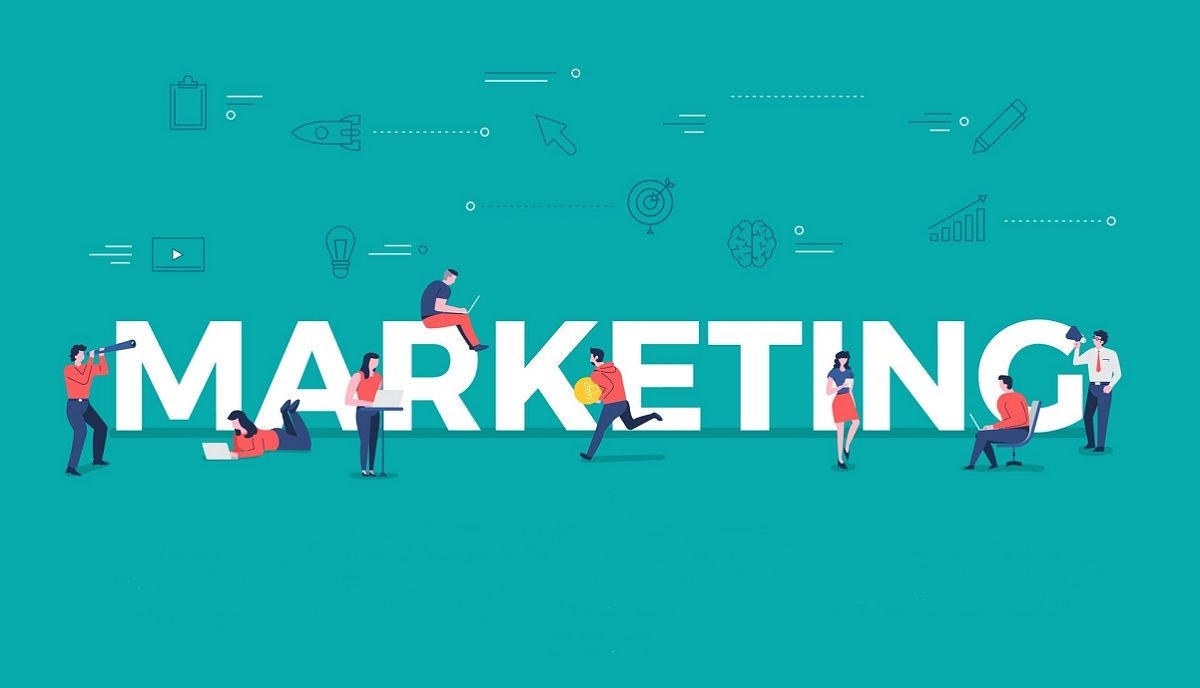Loyalty
The Ultimate Guide to Ecommerce for Big & Small Businesses
For many, ecommerce has been yet another buzzword that everyone is using, while only few are fully understandi...


Weekly newsletter
No spam. Just the latest releases and tips, interesting articles, and exclusive interviews in your inbox every week.
Authors
Daniela Andreevska
Daniela has 6 years of experience in digital marketing for ecommerce businesses.
Aws Alnabulsi
Aws is the Co-Founder of Coretava, a complete retail ecommerce growth platform. He has 6+ years of experience in managing and growing ecommerce businesses.
Carlos Guerberoff
Head de Parcerias na Coretava. Especialista em desenvolver e fortalecer relacionamentos estratégicos. Orientado para resultados e apaixonado por construir conexões duradouras.
Henrique Letoldo
Head of Sales na Coretava. Com vasta experiência em liderança de equipes comerciais, busca constantemente impulsionar o crescimento e maximizar resultados. Apaixonado por inovação e estratégias de vendas eficazes.
Aws Alnabulsi
CEO e fundador da Coretava. Visionário e empreendedor apaixonado, lidera a equipe com visão estratégica e inovação, buscando transformar o varejo através de soluções tecnológicas.
For many, ecommerce has been yet another buzzword that everyone is using, while only few are fully understanding. However, there is much more behind the concept of ecommerce, which is becoming one of the largest forms of commerce, quickly replacing face-to-face trade.
To help you grow your small or big business, we’ve put together the ultimate ecommerce guide on everything you need to know about ecommerce. We’ll cover what ecommerce is, what the different types of ecommerce are, what the advantages and disadvantages of using ecommerce are, and how to start an ecommerce business from scratch.
Table of Contents
- What Is Ecommerce?
- Types of Ecommerce
- Pros and Cons of Ecommerce
- How to Start an Ecommerce Business
- Ecommerce FAQs
What Is Ecommerce?
Ecommerce, also known as electronic commerce, is the buying and selling of goods and services on the internet. Due to the convenience and lower transaction costs, online shopping is taking over offline commerce. According to Statista.com, in 2019 ecommerce accounted for 19% of total retail sales, while this proportion is expected to grow to about 25% by 2026.
The Covid-19 pandemic played an undeniable role in growing ecommerce trends, but the numerous other benefits which this mode of doing trade brings should not be underestimated either. The lesson for businesses of all sizes - from micro- to macro-size enterprises - is that they have to jump on the bandwagon unless they want to be left behind and lose business to other more forward-looking competitors.
There are a number of processes and considerations that go into the ecommerce definition. Becoming an ecommerce business requires launching an online store or platform to do ecommerce marketing and sales. But that’s not all.
You have to develop a series of processes that guarantee the safe and secure collection and storage of your own business data as well as the data of your customers including payment encryption. You have to ensure proper logistics and fulfillment processes. We will come back to this in a bit.
History of Ecommerce
The history of ecommerce has been relatively brief but intense, especially when compared to its more traditional counterpart. Here is a quick timeline with the most important events along the way:
- Michael Aldwich invented online shopping in 1979, changing once and for all the way in which people buy and sell goods and services.
- In 1982, Boston Computer Exchange became the first ecommerce company and was the leader in used computers electronic trading in the US throughout the 1980s.
- The real breakthrough in ecommerce happened when Amazon was launched in 1995, dominating global online shopping in virtually all product categories for the upcoming decades.
- In 1998, PayPal introduced the first ecommerce payment platform.
- Alibaba launched in 1999, becoming a major competitor of Amazon.
- In 2004, Shopify was launched, paving the way for businesses of all sizes and types to join the local and global ecommerce marketplace.
- Google Wallet was introduced as a digital wallet payment method in 2011.
- Stripe launched in 2011 as well.
- In 2014, Apple Pay introduced a new mobile payment method.
- In 2020, the pandemic accelerated ecommerce.
In 40 short years, online shopping came to account for about a fifth of retail sales, innovating thousands of years of conducting trade in more traditional ways.
Ecommerce Growth
All current factors point in the direction of a bright future awaiting ecommerce. In 2022, global ecommerce sales reached $5.7 trillion, based on Statista.com data. This is a growth of more than threefold from $1.3 trillion in 2014. By 2026, the total value of worldwide online shopping is expected to hit $8.1 trillion.
From the point of view of ecommerce businesses, this is a major opportunity for business growth and expansion.
Types of Ecommerce
Next, in our ecommerce playbook, we’ll take a look at the main types of ecommerce. Ecommerce comes in a few different models to fit the needs of most buyers and sellers. These include:
- B2C: B2C ecommerce is by far the most popular ecommerce business model. This means businesses selling to individual consumers.
- B2B: The B2B ecommerce meaning is businesses selling to other businesses, which usually resell to end consumers.
- C2C: In the C2C ecommerce model, consumers sell to other consumers directly. Amazon and eBay are examples of this.
- C2B: C2B refers to consumers selling to companies online, putting the traditional B2C model in reverse. Many stock image websites are examples of C2B ecommerce.
- D2C: Direct-to-consumer is a more recent variation of the B2C ecommerce model where businesses sell products or services directly to consumers, eliminating wholesalers, distributors, and retailers. D2C ecommerce examples include subscription-based platforms.
- B2G: Under B2G, businesses sell products and services to government agencies or institutions.
- C2G: This refers to consumers selling to the government.
- G2B: In G2B, the government sells to businesses on the internet.
- G2C: G2C ecommerce means government bodies selling to individual consumers.
- B2A: This ecommerce business model refers to businesses selling online to administrations. Some examples include legal documents, online training, and social security
- C2A: Consumer-to-administration signifies individual consumers selling to administration in a digital manner. This can include things like online education, tax preparation, and other services.
Depending on your business model and the products or services you offer, your ecommerce business might fall into one or more of these broad categories.
Pros and Cons of Ecommerce
Like everything else in the business world, ecommerce comes with important advantages and disadvantages. To launch the best ecommerce platform, businesses need to consider both the pros and cons.
Pros of Ecommerce
Ecommerce provides enterprises with numerous benefits compared to offline shopping. Here are the most significant ones:
- Access to global customer base: When operating a physical store, you are limited to the users who live in proximity. With an online store, on the other hand, the sky's the limit. You can serve any customer with access to the internet, regardless of their physical location.
- 24/7 access to buyers: Most physical stores have strict working hours, which might not serve the needs of all potential customers. Running an ecommerce business allows you to serve consumers at any time of the day and any day of the week. This can help you grow your business exponentially as you have better access to customers.
- Being part of a quickly growing trade model: As global online retail trade is expected to grow by 42% between now and 2026, you don’t want to miss the opportunities which this creates. In other words, running an online store is no longer a nice-to-have; it’s a must in order to stay competitive.
- Easier to reach new customers: Ecommerce marketing is easier and cheaper to run than other more traditional forms of marketing. Moreover, the results are usually better. SEO, content marketing, social media marketing, video marketing, email marketing, affiliate marketing, influencer marketing, and paid Google and social media ads allow businesses to quickly and efficiently reach new audiences for our ecommerce business and convert them into customers.
- Bringing more convenience to shoppers: Online shopping allows consumers to search for and buy goods and services at any time of the day or night, from the comfort of their home or office. Or anywhere else for that matter. Having once tasted the convenience that ecommerce offers, many shoppers are likely to not return to traditional shopping, especially for products that require extensive research and customer reviews.
- Easier to run campaigns: Holiday and end-of-season sales are a major part of retail marketing and an important way of boosting sales. Applying online promo codes and changing the prices of your ecommerce store is much easier than doing the same kind of work in a physical store.
- Lower inventory and operational costs: Operating websites with ecommerce cuts many of the costs associated with running physical stores. In most cases, having an ecommerce business does not necessitate leasing a retail space, having a large team of store employees, and owning a big warehouse. That’s an easy opportunity to boost cost-efficiency and grow profit.
- Easier to build customer loyalty: Customer retention is a much more efficient way to grow a business than customer acquisition. Electronic commerce provides opportunities to boost customer loyalty and retention through automated engagement, personalization, loyalty programs, and gamification. Coretava offers a number of solutions for ecommerce business owners which can help them boost marketing, loyalty, personalization, and gamification.
Click here to schedule a demo of Coretava products.
Cons of Ecommerce
After going through the positives of ecommerce, let’s take a look at the major negatives:
- Limited personal interaction with consumers: Face-to-face communication and engagement is an efficient way to 1) let your customers know more about your brand and your products and 2) get to know more about your customers and their needs. Ecommerce eliminates this to a large extent. However, automated personalization and customized engagement allow enterprises to regain a big part of this when doing business online.
- High dependency on technology: An online store is only as good as the technology that it uses. As a business owner, you have to not only use the best ecommerce technology but also hire a top-performing development team to deploy this technology. This is something to keep in mind when launching your ecommerce store.
- Need to adhere to online regulations and requirements: While ecommerce benefits from not having to meet certain regulations pertinent to operating a physical store, there is an increasing number of requirements that online businesses have to meet. These refer to customer experience, customer privacy, and data usage, protection, safety, and security.
- Missing the test and try experience: Many retailer customers continue preferring to see a product and try it before making a purchase. Indeed, many go to a physical store to test the product and then buy it online at a lower price. To navigate this challenge, it’s crucial to have a flexible return policy so that customers can replicate this process of testing products before committing to buying them.
While both the pros and cons of ecommerce are significant, the advantages clearly outweigh the disadvantages.
How to Start an Ecommerce Business
Now that you know what ecommerce is and why you should consider launching an online store (if you haven’t already done so), it’s time to see how to do that. In this section, we will go over our step-by-step guide on how to start an ecommerce business.
What Is Ecommerce Business?
An ecommerce business is a business model that entails buying and selling goods and services online. All data, information, and money transfers are done over the internet, while physical products are delivered to the consumer in a physical manner.
How to Get Started
Here are the steps you need to go through in order to launch an online business:
Step #1: Find Your Ecommerce Market Niche and Product
Unless you are an already established business which is transitioning to online sales, the first step is to research the ecommerce space, conduct competitive research, and find a product that is not yet available. Your product needs to bring unique value to customers so that you can make your place in the competitive online marketplace.
Step #2: Choose a Brand Name, Logo, and Business Structure
The second step applies only to new businesses. You have to come up with an attractive, descriptive business name, design a logo for your business, and choose the most appropriate legal structure for your company.
Step #3: Work on All Legal Requirements
Even as an ecommerce business, you still need to comply with legal regulations and pay taxes in addition to meeting all online data requirements. It’s a smart idea to work with a lawyer, a tax expert, an accountant, and an online trade expert to set up your business in the optimal way.
Step #4: Select the Best Ecommerce Platform and Launch an Electronic Store
You have to choose the top ecommerce platform for your specific business needs. Shopify, Magento, WooCommerece, Squarespace, and VTEX include the most popular options which succeed in meeting the requirements of a wide range of businesses from different sizes and different industries.
Unless you are a developer yourself, you need to hire one to help you set up your website using the best technology and meeting the requirements of the markets where you’ll be selling. Moreover, you should focus on providing an easy, straightforward UI and UX. You don’t want to confuse and frustrate your customers throughout their journey and make them leave your store before making a purchase.
In addition, your website needs to be created with SEO (search engine optimization) in mind in order to boost your rankings on search engines like Google. This will boost your marketing efforts and help you get ahead of the competition in a cost-efficient manner.
Step #5: Set Up a Shipping Process and Ensure Inventory
Before you are able to launch your online store, you have to establish a functional shipping process and stock up on inventory. One of the worst mistakes you can make when starting an ecommerce business is failing to deliver products to your first customers within the expected time. This will generate negative customer reviews and harm your future business growth.
Step #6: Start Marketing Your Business
The next step in the process is to get started with ecommerce marketing. As a beginner, you can launch paid ads to give your business an initial boost, while simultaneously you work on your content marketing strategy as the latter will take some time before producing concrete results.
Once you have these two started, you should also consider adding other types of digital marketing like email, social media, affiliate, influencer marketing.
Step #7: Work on Customer Retention
While customer acquisition is crucial for a new ecommerce business, marketing will largely take care of this. Meanwhile, you have to put effort into retaining customers as it is easier to convince existing customers to repeat business with you rather than to convince new customers to trust you the first time.
There are numerous strategies that you can use to achieve this goal. Customer loyalty programs, cashback programs, referral programs, personalization, and gamification can help you boost customer loyalty and retention for your ecommerce business.
If you’re looking for the most effective ways to optimize your ecommerce marketing and customer retention processes, check out Coretava. Our products will help you grow your online business on a scale, no matter how small or big it currently is.
Click here to schedule a demo of Coretava products.
Ecommerce FAQs
What Is Ecommerce?
Ecommerce is the process of buying and selling products over the internet rather than in a traditional, physical store. Ecommerce can be an independent business strategy or can complement your physical store/s.
What Is Ecommerce Business?
An ecommerce business is an enterprise that sells products or services online to other businesses, end consumers, or government agencies.
What Is Ecommerce Marketing?
Ecommerce marketing is the strategies that a business uses to attract customers to their online store and get them to purchase their products over the internet. This includes SEO, content marketing, video marketing, podcasts, social media, affiliate marketing, and influencer marketing.
How to Build an Ecommerce Website?
Building an ecommerce website requires many of the steps needed to set up a traditional business. Additional steps include choosing an ecommerce platform, setting up a website, and ensuring data protection.
What Is the Difference between Ecommerce and Ebusiness?
Many use the terms ecommerce and ebusiness interchangeably, but there is a difference between the two. Ecommerce refers to simply selling goods or services online, while ebusiness means conducting all business operations over the internet.
Related Posts

Ready to Transform Your Retail Strategy?
Get a personalized consultation with our retail AI experts
Resources
Contact Us
+1 (415) 830-3900
info@coretava.com
Location
San Francisco, California


